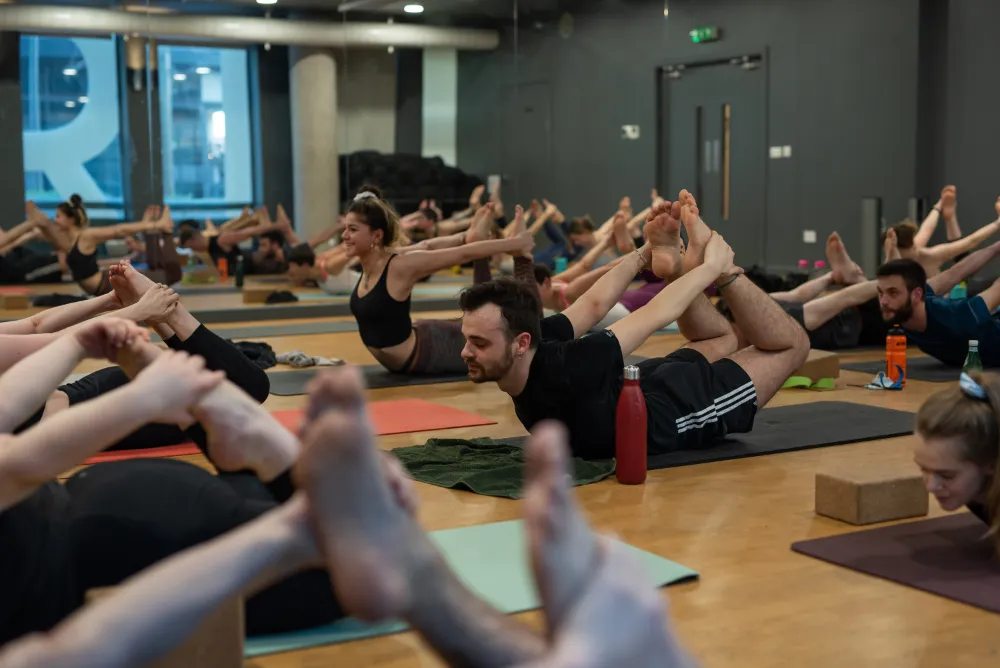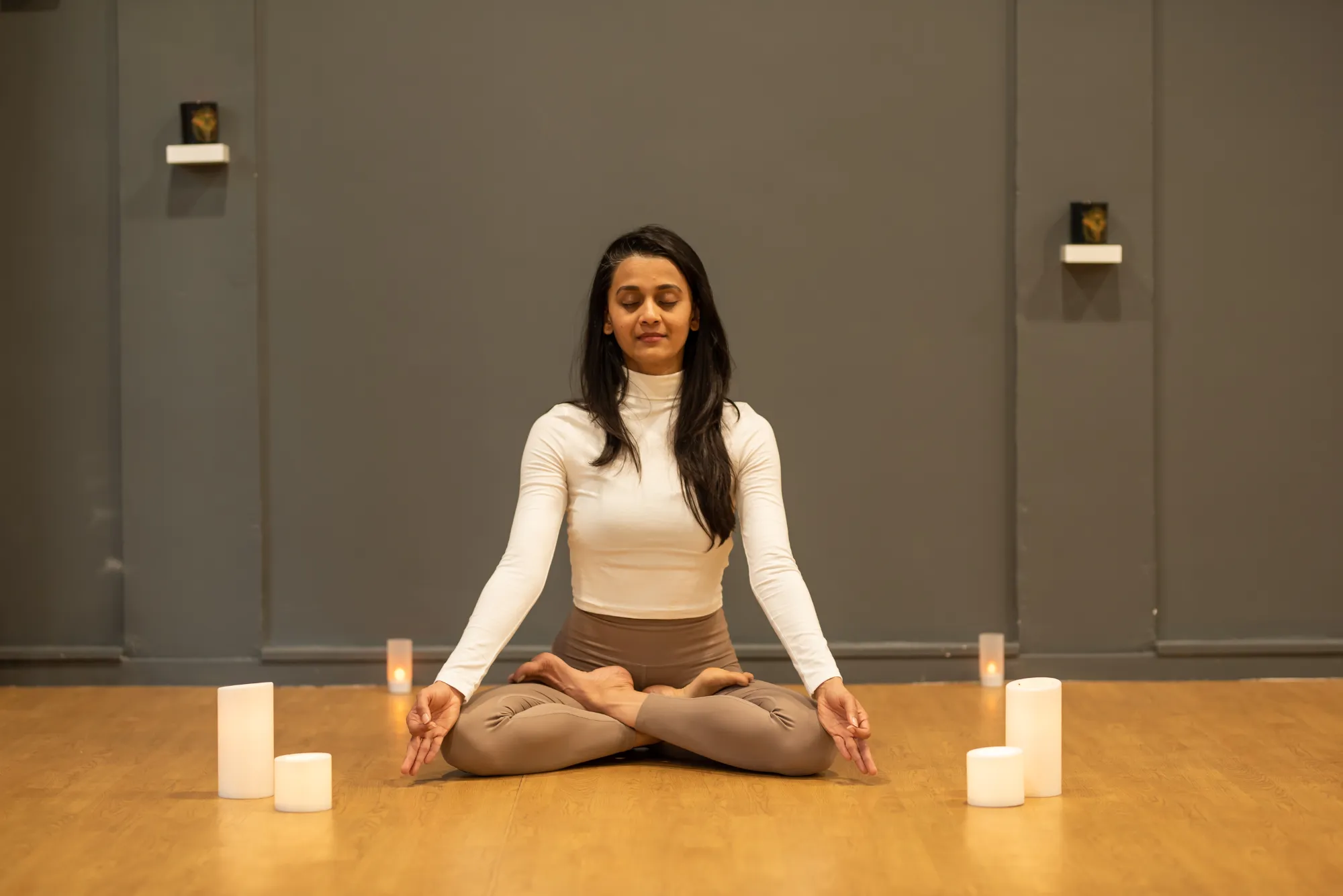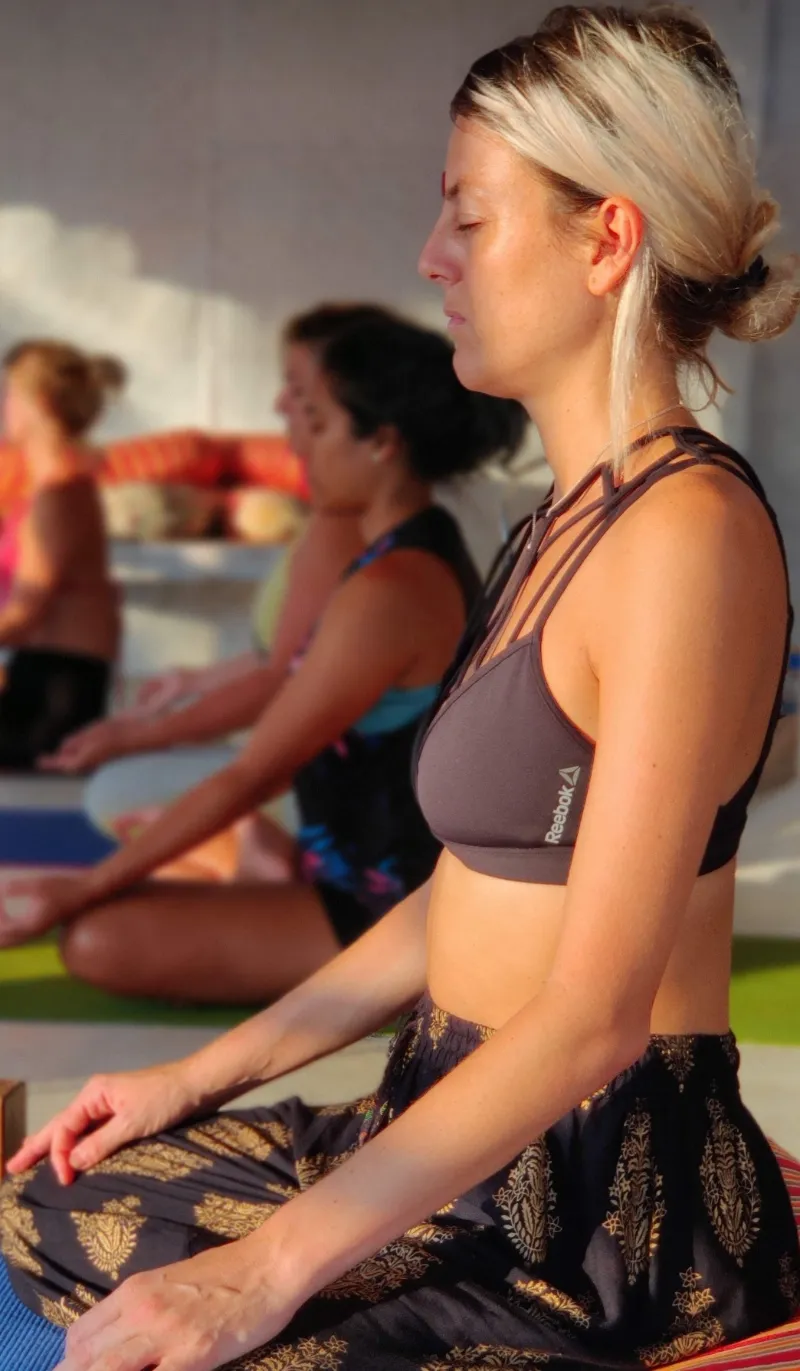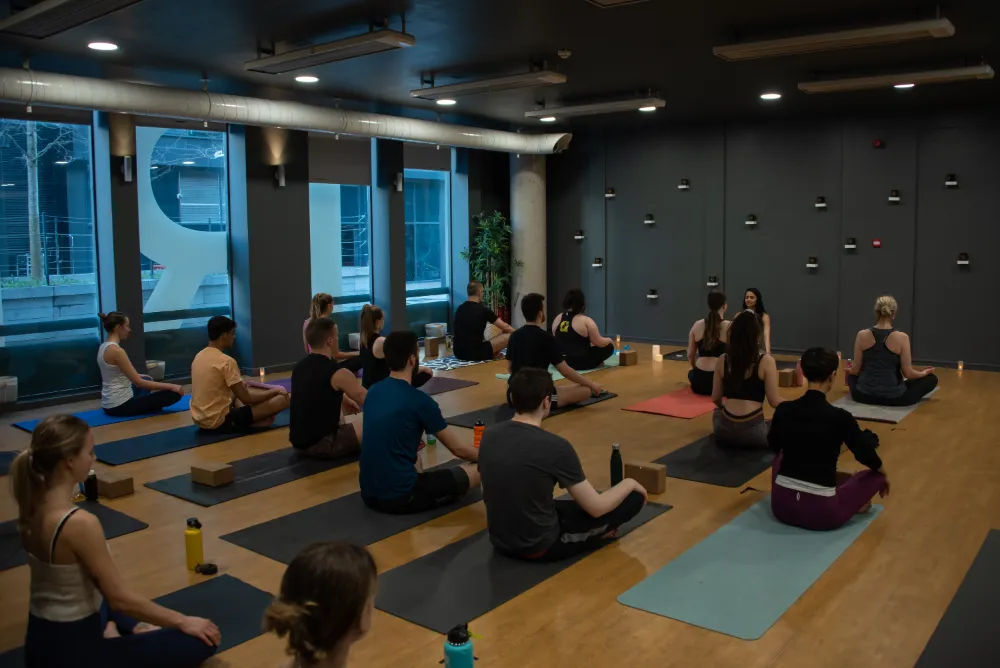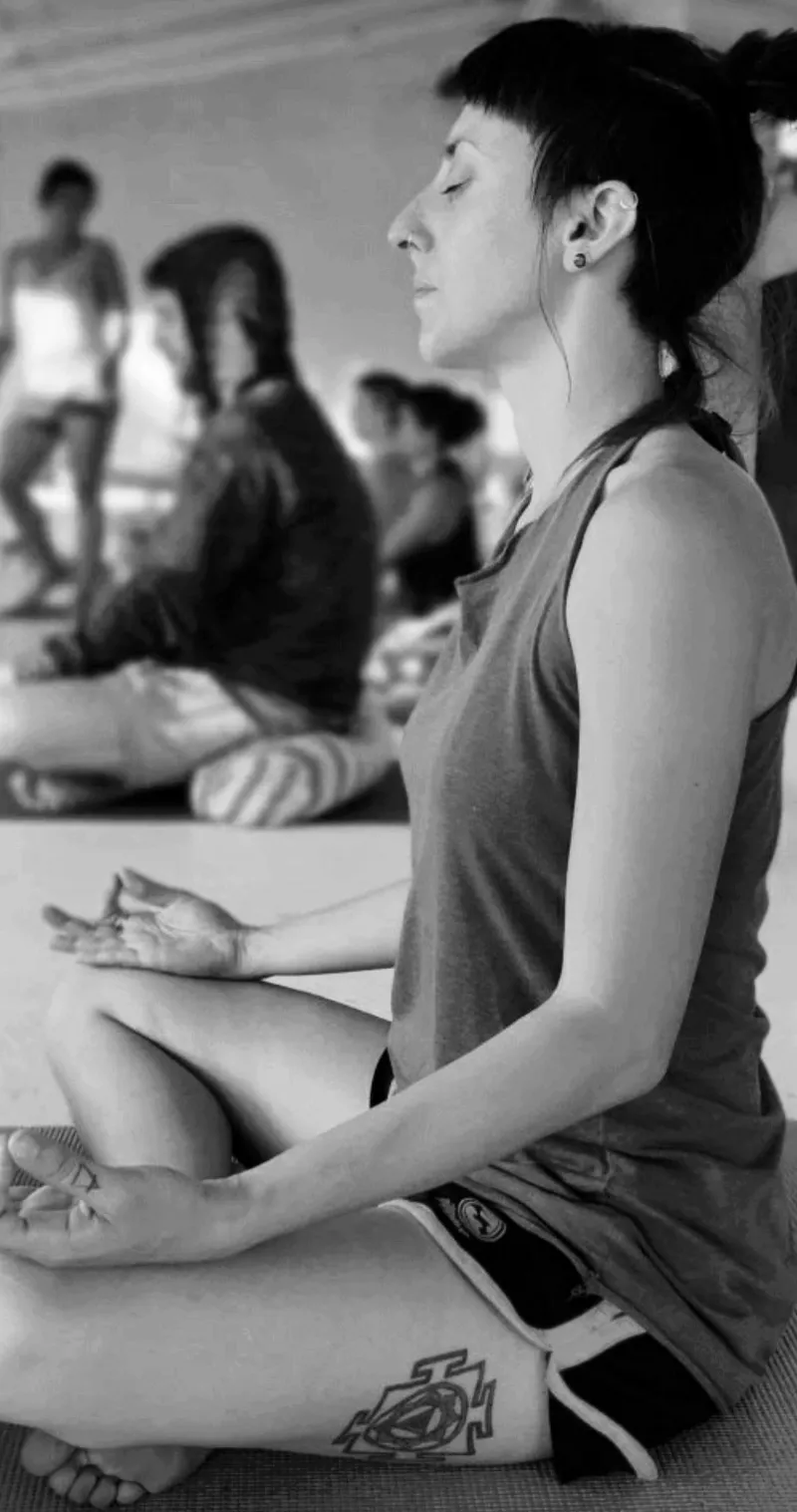Pranayama TTC (15Hrs)
Pranayama is one of the eight limbs of ashtanga yoga mentioned in Patanjali's Yoga Sutras, implying it to be an essential step on the journey to enlightenment. Your breathing pattern has an important part in your attention and physical abilities, whether you're doing yoga positions (asana) or grounding activities (also known as meditation).
Our breath directly influences our nervous system, which controls our fight or flight, rest and relaxation responses, as well as our respiratory, cardiovascular, and digestive systems. Simply put, the way we breathe affects almost everything.
Daily stressors, anxieties, lifestyle choices and habits, on the other hand, often develop physical and energetic barriers in our bodies. Due to this, breathing becomes increasingly shallow or stilted without us even realising it. We create unconscious breathing patterns that impede the passage of breath and Prana throughout time. As a result, a large number of people suffer from abnormal breathing patterns and are unaware of their condition.
During this course, you will develop a greater grasp of the fundamentals of breathing, focus and grounding practices, as well as how they affect the body and mind. You will also learn tools and techniques to efficiently bring the teachings of pranayama into your classes.









